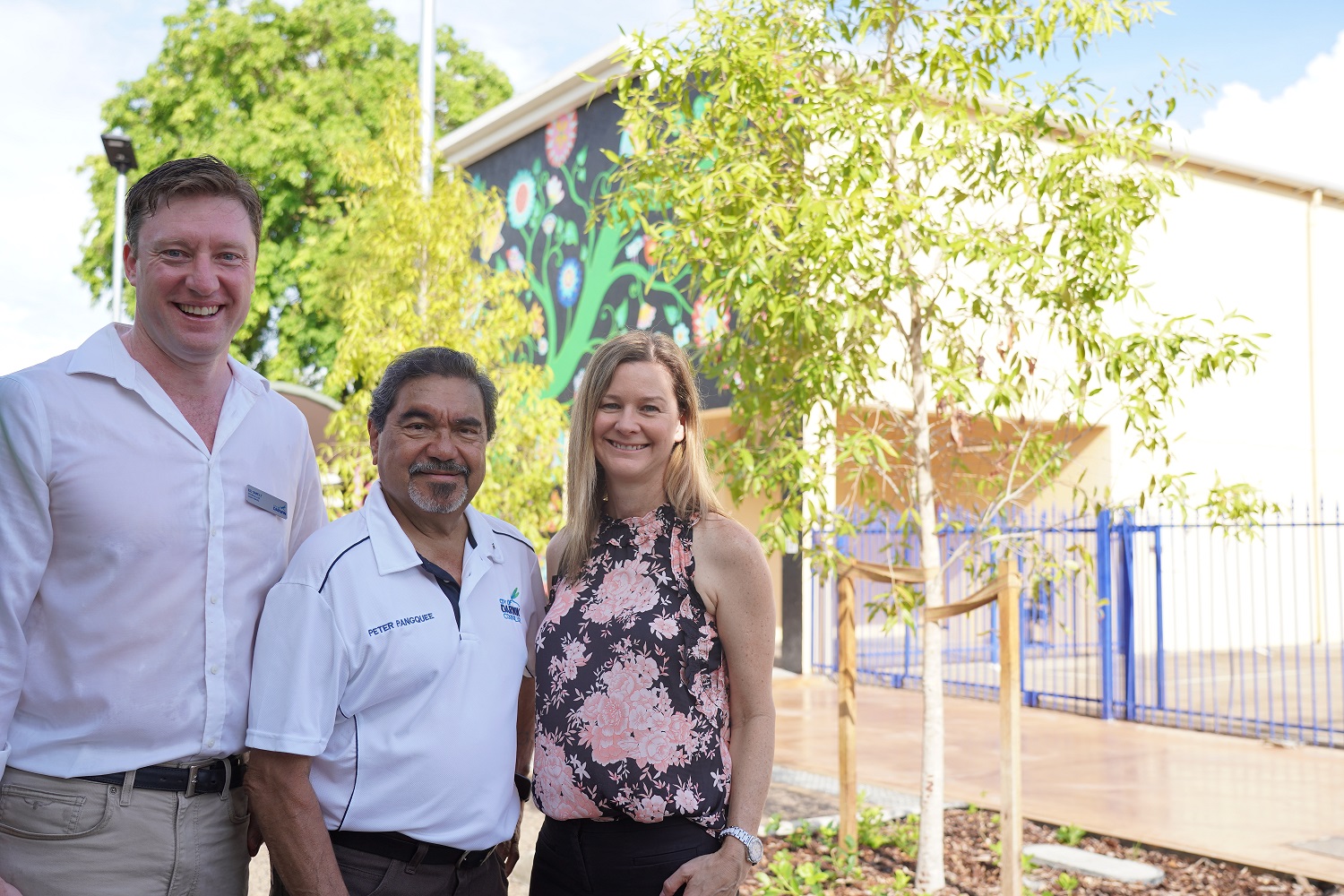Every Autumn Blue Mountains City Council conducts water monitoring on scores of creeks, adding to more than 20 years of data. A new group of ‘Aquatic Scientists’ has joined the ranks of the professionals. Glenbrook Public School Year 6 students have been armed with the tools and knowledge to help look after the health of our waterways.
Almost two centuries after convicts built Lennox Bridge, a group of 11 and 12-year-olds is learning how to protect Lapstone Creek that runs beneath the sandstone structure.
The experience is part of Blue Mountains City Council’s Connect to Nature Program: a hands-on environmental education program for local schools.
On their recent field trip exploring the local catchment, Glenbrook Public School’s Year 6S opportunity class were entrusted with the same equipment and data sheet used by Council’s Aquatic Scientists.
They learned and practised water monitoring skills and gained knowledge about the characteristics and values of the catchment, urban impacts and how to identify possible threats to waterway health.
Their expertise will be applied to individual, five-week monitoring projects at their local creek near each of their homes.
The children were told the number one cause of damage to our creeks is urban stormwater runoff. They were encouraged to share tips with their family and friends such as washing your car on the lawn, not the driveway; picking up your dog poo; and only putting “3 Ps in the toilet – pee, poo and (toilet) paper”.
They were horrified when shown a photo of a ‘fatberg’ extracted from a Sydney Water sewer. This ugly mass is formed when non-flushable items are put down the toilet, combining with fats and oils poured down the sink. Drains are blocked and thousands of dollars later the fatbergs are removed and sent to landfill.
According to student Myles, there are so many potential ways we can act to make our waterways healthier.
“This includes not putting wet wipes of any kind, cotton products or tissues down the toilet,” he says. “These sorts of things block the pipes and have a big impact on our waterways.”
Emma Kennedy, Healthy Waterways Education and Engagement Officer, tells the class the aim is for creeks to be as clean and healthy as possible to support the creatures who rely on them. With some local streams flowing into drinking water catchments, humans also depend on healthy catchments.
The children learned Lapstone Creek runs directly into the Nepean River where platypus live. They were visibly excited to find out that platypus DNA had recently been found in creeks in the lower Mountains.
Emma encouraged the children to become platypus guardians.
“How can we better protect our platypus from the impact of humans?” she says. “They are a threatened species. We are losing them. You are the next generation moving forward. You are the people who will grow up and be the decision makers. Your decisions will affect species like the platypus.”
For Holly, the most memorable takeaway from the excursion was learning that she shares the lower Mountains with the platypus. The children heard that this threatened species needs little pools to live in, burrowing up to 10 metres into creek banks with vegetation.
“We have such an impact on their life,” Holly says. “We can stop putting the wrong stuff in the toilet, so we don’t cause sewer blockages and leaks into our local creeks, and we can better sort out our rubbish.”
Teacher Cathy Sadler tells her class: “In your backyard, your local creek area, if you do one thing such as not putting a tissue down the toilet, you are doing something for a better world.”
Armed with new facts and skills, the children were invited to explore the creek and caves.
While the children were roaming, Cathy shared her love of the Connect to Nature Program.
“It means so much to the children learning onsite rather than in the classroom,” she says.
“They have a shared memory of what it means to be part of the environment. They live it and get immersed in it, rather than just looking at a slide.”
To read the full story visit:








